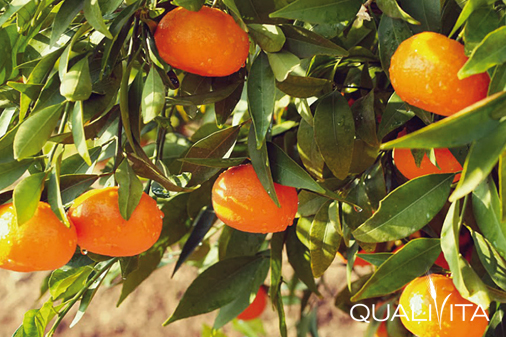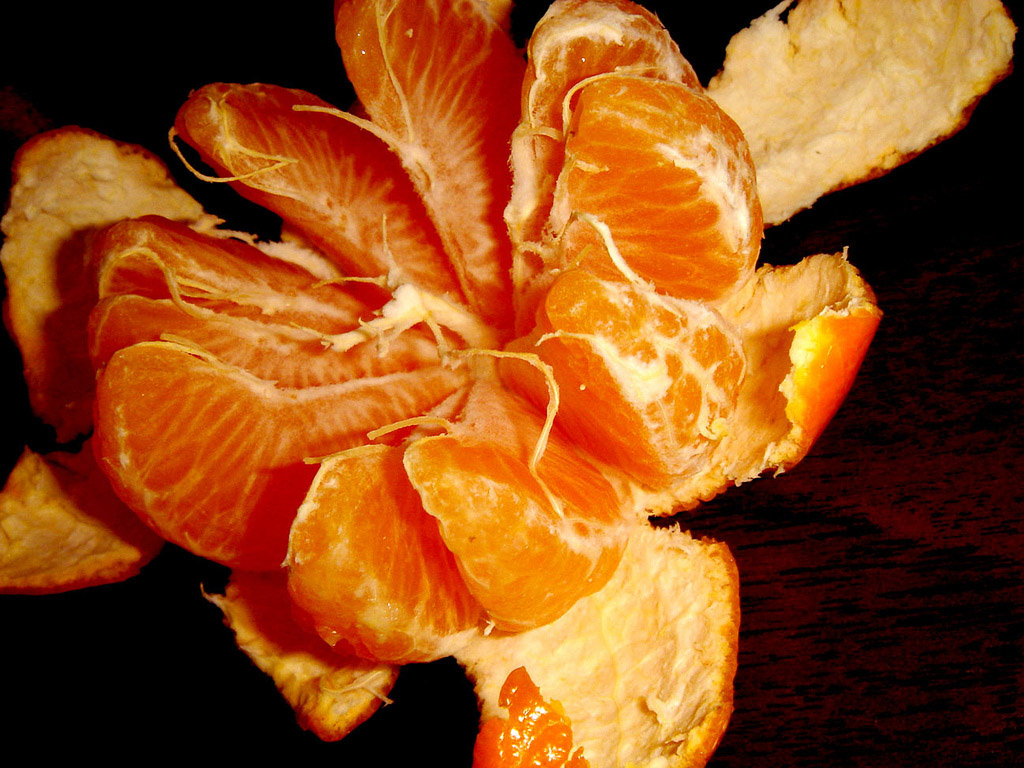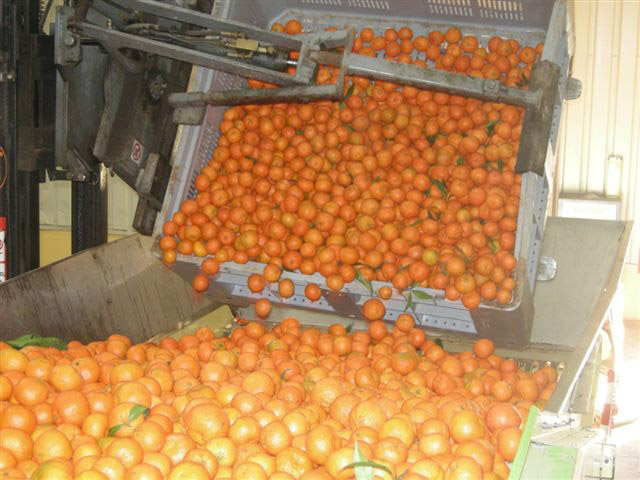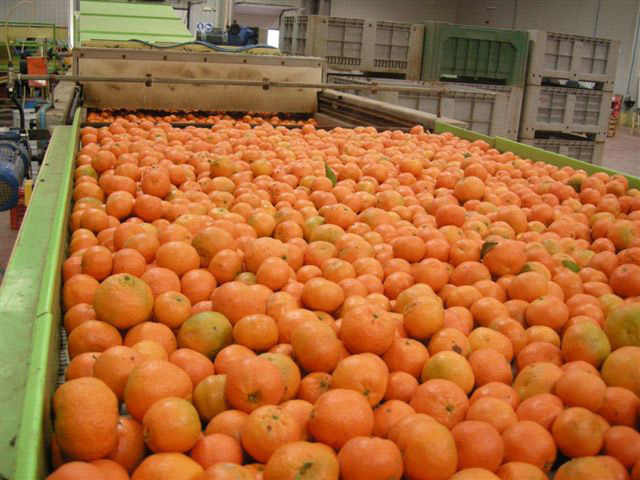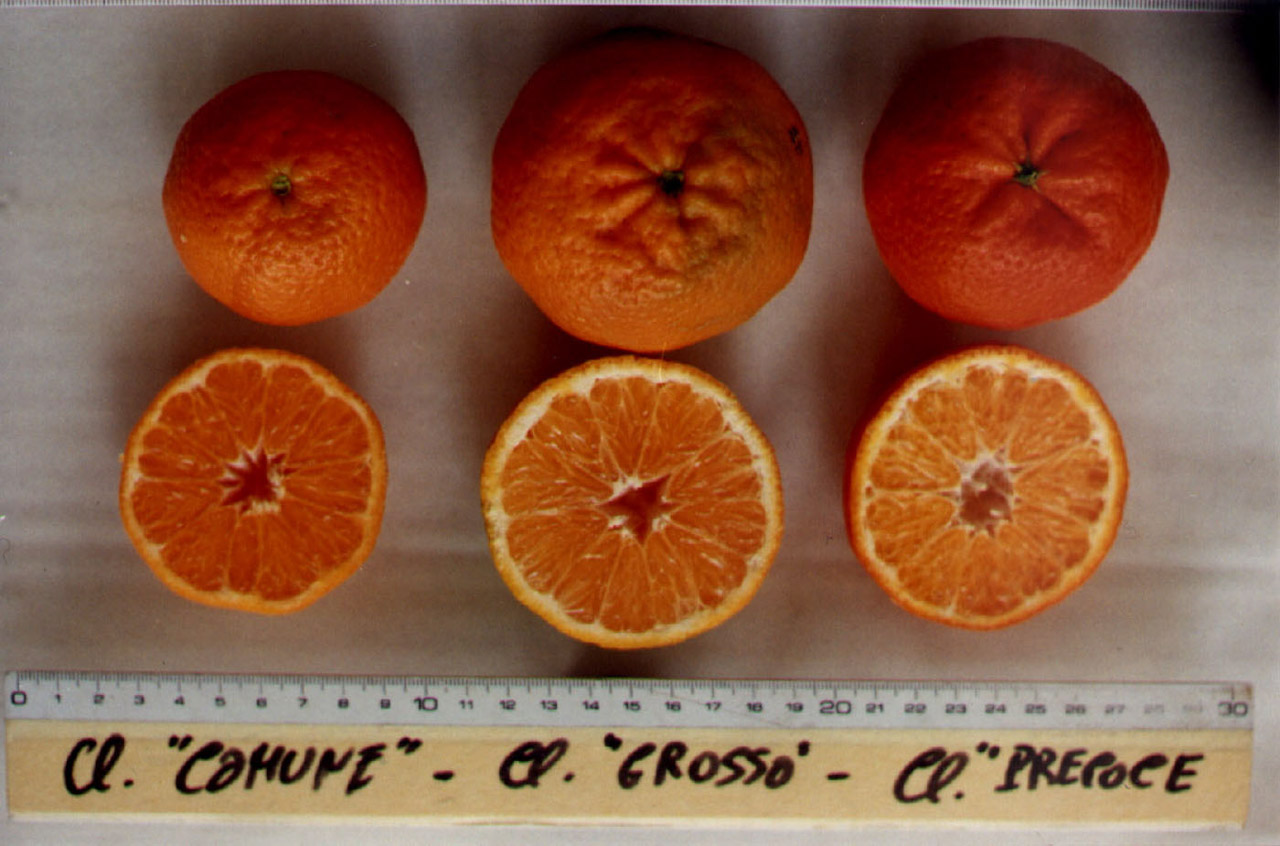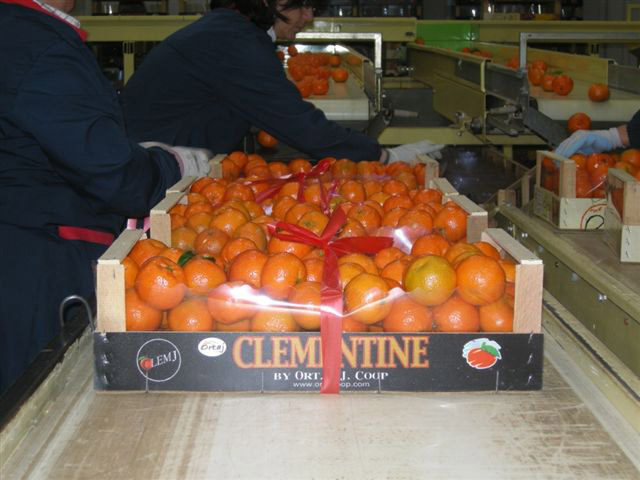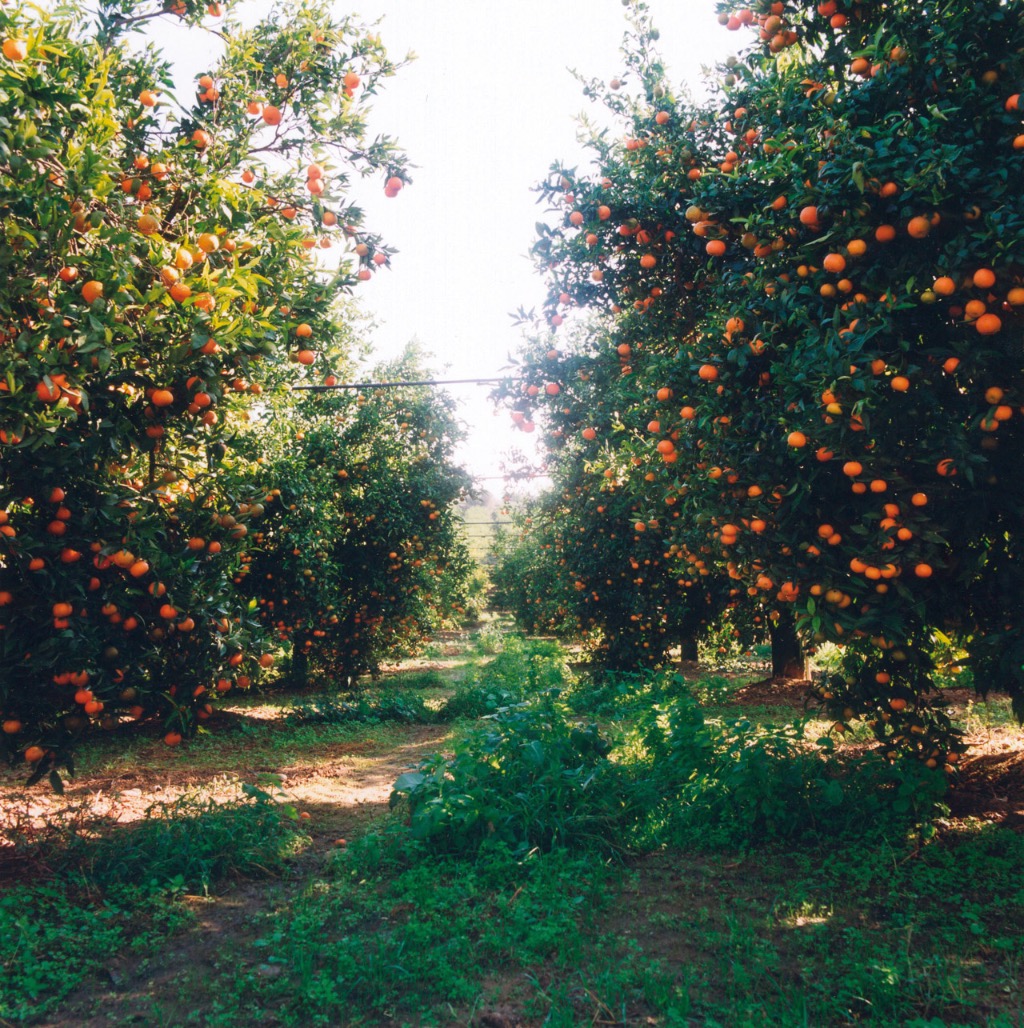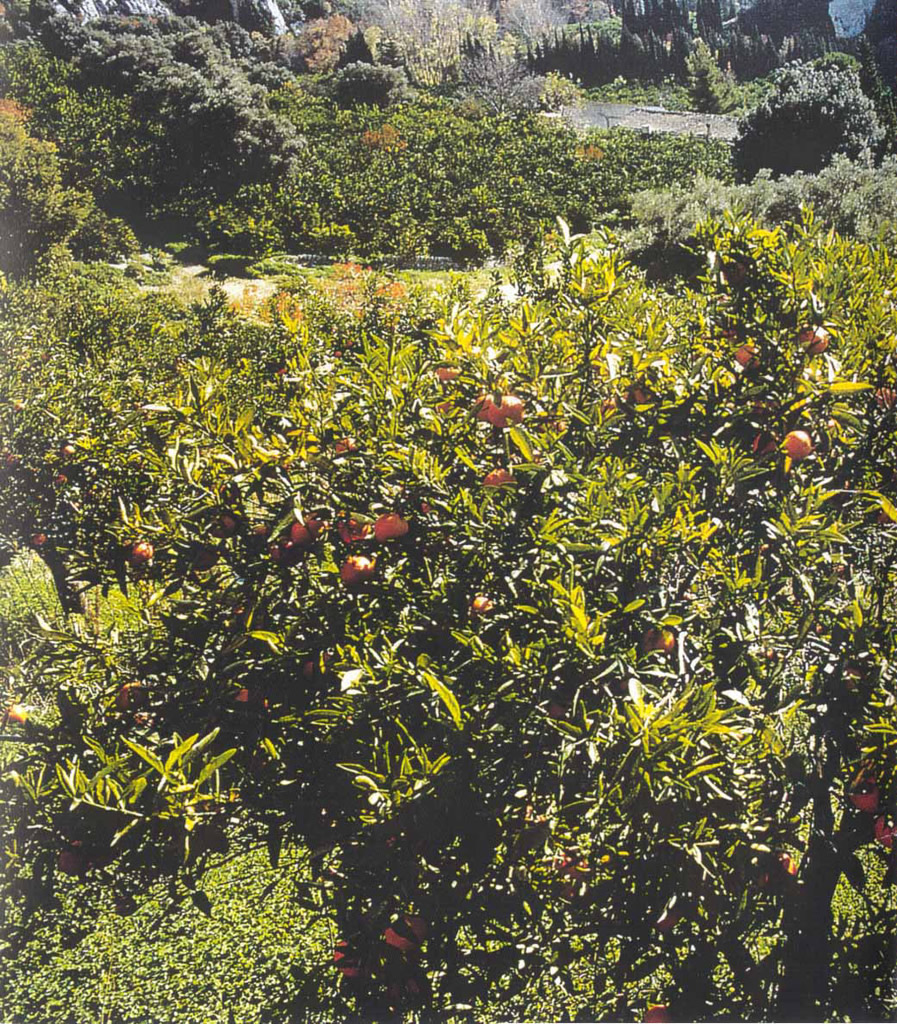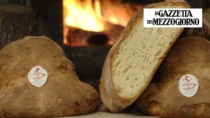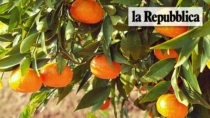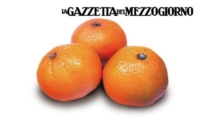Description
Clementine del Golfo di Taranto PGI are fresh clementines belonging to the species Citrus clementine Hort. ex-Tanaka, deriving from the following varieties: Comune, Fedele, Precoce di Massafra or Spinoso, Grosso Puglia, ISA, SRA 63 and SRA 89.
Production Area
The production area of Clementine del Golfo di Taranto PGI is within the entire territory of the municipalities of Palagiano, Massafra, Ginosa, Castellaneta, Palagianello, Taranto and Statte in the Province of Taranto, in the Apulia region.
Production Method
The terrain, which is even and almost always flat, is fertile, deep and well drained, making year-round irrigation easier: watering is carried out with drops or jets aimed directly at the plant, avoiding the crown so as to prevent putrefaction around the neck of the plant. Pruning is carried out annually in late spring, with the aim of balancing the productive and vegetative functions. Fertilising is based on the fertility of the soil and is carried out triennially. The fruit are harvested exclusively by hand with the aid of secateurs. The harvesting period varies depending on the variety: the Comune variety takes the longest to ripen, while the others are the first of the season. The harvested fruit must then be dried, and must have at least a few leaves.
Appearance and Flavour
Clementine del Golfo di Taranto PGI are a round with slightly flattened tops and bottoms, and have a smooth and slightly wrinkled skin. They are orange in colour, with a maximum of 30% of their peel being green. They are seedless, with a tolerance of 5% of the fruit containing a maximum of three seeds. They have an intense and long-lasting aroma and a sweet, aromatic flavour.
History
The name “clementine” derives from Father Clemente Rodier, the monk who identified the plant in the Misserghin mission near Oran, Algeria, in the early twentieth century. However, its origins are controversial, and in fact according to botanist Yoshio Tanaka (1838-1916), clementine are citrus fruit similar to the Chinese Canton mandarin (Citrus clementine Hort.). Its diffusion as a specialised cultivation in the Taranto area dates back to the 20th century, especially after the Second World War, when thanks to the land reform adequate water resources were made available to farmers. Citrus fruit cultivation in the Gulf of Taranto therefore expanded and became specialised, allowing it to become the most grown crop in the area.
Gastronomy
Clementine del Golfo di Taranto PGI can be kept in the refrigerator for up to several weeks. They are refreshing and diuretic, and have a high vitamin C content. They are mostly eaten raw, but are also used to make juices, syrups, sorbets and jams. Clementine del Golfo di Taranto PGI is also used in the cosmetic industry to make tonic lotions.
Marketing
The product is marketed as Clementine del Golfo di Taranto PGI. They are sold in sealed packets with a maximum weight of 3 kg, and in non-sealed packets weighing over 3 kg and up to a maximum of 25 kg. Fruit destined for commercialisation are packed in specific packaging, with labels bearing the name “Clementine del Golfo di Taranto PGI”, information on the packager and origin of the product, the product logo and the European logo. The use of specifications referring to names, registered business names and private brands with an identification code is also permitted.
Distinctive Features
The production area of Clementine del Golfo di Taranto PGI is characterised by a warm, sunny and non-humid climate, which has a positive effect on the fruit’s growth and ripening processes, giving the product excellent qualitative characteristics.





